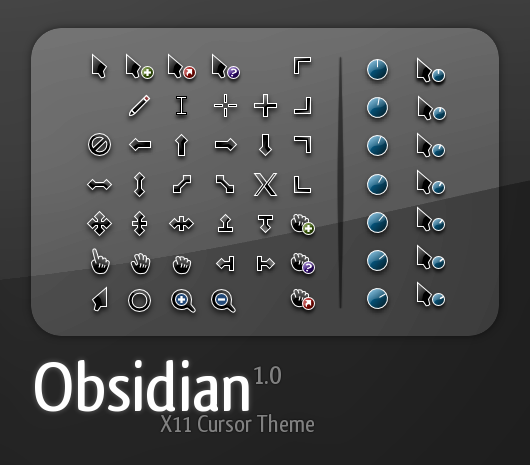

IBeam - Gets the I-beam cursor, which is used to show where the text cursor appears when the mouse is clicked.HSplit - Gets the cursor that appears when the mouse is positioned over a horizontal splitter bar.Help - Gets the Help cursor, which is a combination of an arrow and a question mark.Hand - Gets the hand cursor, typically used when hovering over a Web link.Default - Gets the default cursor, which is usually an arrow cursor.AppStarting - Gets the cursor that appears when an application starts.Examplesįor an example, see Displaying a Cursor. This occurs if the application uses the ShowCursor function to hide the cursor more times than to show the cursor. The cursor is not shown on the screen if the internal cursor display count is less than zero. If the class cursor is not NULL, the system restores the class cursor each time the mouse is moved. If your application must set the cursor while it is in a window, make sure the class cursor for the specified window's class is set to NULL. In systems without a mouse, the window should restore the previous cursor before the cursor leaves the client area or before it relinquishes control to another window.

A window should set the cursor shape only when the cursor is in its client area or when the window is capturing mouse input. The cursor is set only if the new cursor is different from the previous cursor otherwise, the function returns immediately. If there was no previous cursor, the return value is NULL. The return value is the handle to the previous cursor, if there was one. If this parameter is NULL, the cursor is removed from the screen. The cursor must have been created by either the CreateCursor or the CreateIconIndirect function, or loaded by either the LoadCursor or the LoadImage function.


 0 kommentar(er)
0 kommentar(er)
